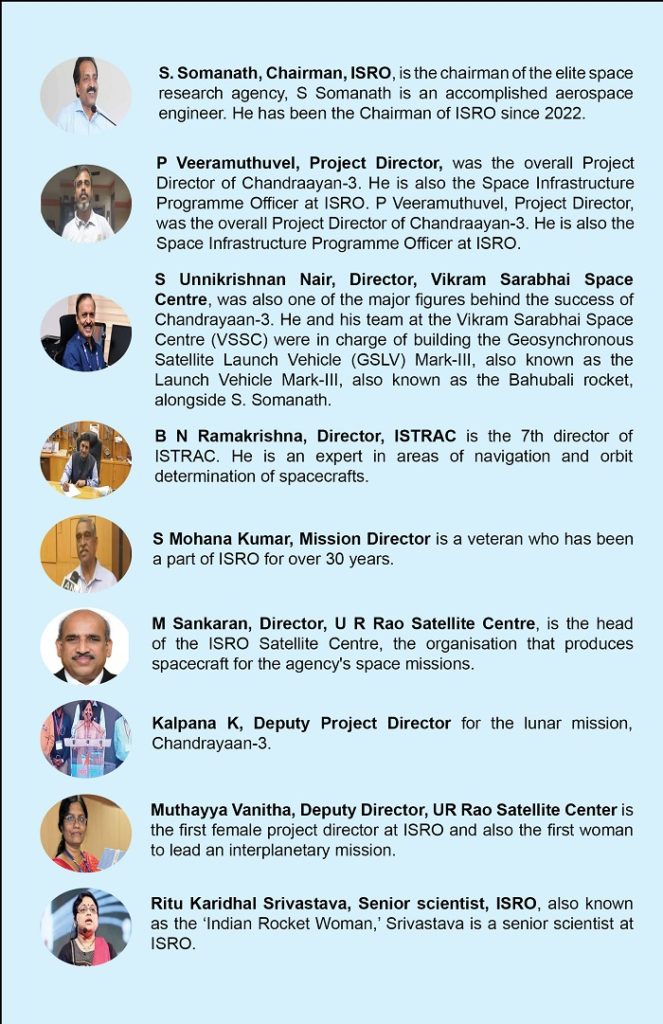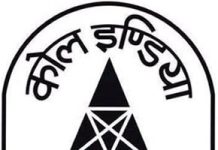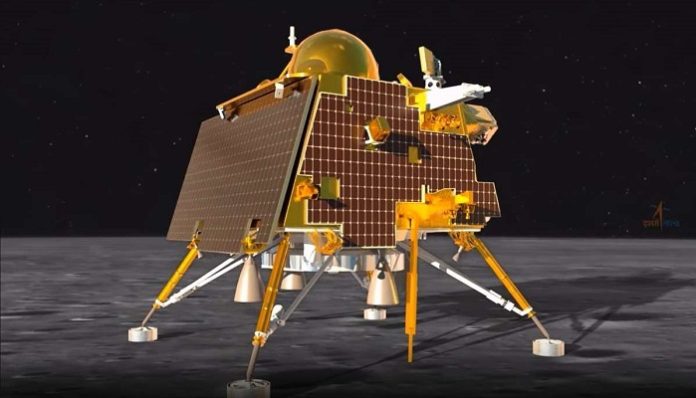India has achieved a historic milestone by successfully landing its Moon mission in the lunar south pole region. This achievement puts India in an exclusive group of countries that have accomplished a soft landing on the Moon, including the United States, the former Soviet Union, and China. The Vikram lander, part of the Chandrayaan-3 mission, executed its planned landing at 18:04 local time.
This achievement by India comes shortly after Russia’s Luna-25 spacecraft encountered difficulties and crashed on the Moon, highlighting the challenges of landing in the lunar south pole region, which features an uneven surface with numerous craters and boulders.
India’s previous lunar mission in 2019, which also aimed to soft-land in this region, was not successful, resulting in the destruction of its lander and rover, although the orbiter remained operational. The successful landing of Vikram, named after ISRO founder Vikram Sarabhai, was preceded by tense moments as it executed a precise descent, gradually reducing its speed to achieve a soft landing on the lunar surface. Subsequently, the rover named Pragyaan (Sanskrit for wisdom) emerged from the lander and began exploring the Moon’s surface, collecting vital data and images for transmission to Earth.
As reported by BBC News, one of the primary objectives of this mission is to search for water-based ice on the Moon, which has the potential to support future human habitation and provide propellant for missions to Mars and other distant destinations. Scientists believe that there may be significant reserves of water ice in the permanently shadowed regions of the lunar south pole.
The lander and rover are equipped with five scientific instruments to study the Moon’s surface, the adjacent atmosphere, and tectonic activity beneath the surface. Chandrayaan-3, India’s third lunar mission, aims to build upon the successes of earlier missions and is expected to make substantial scientific discoveries.
This achievement follows India’s first Moon mission, Chandrayaan-1, in 2008, which confirmed the presence of water molecules on the lunar surface and established the existence of an atmosphere during daytime. Despite the soft landing failure of Chandrayaan-2, its orbiter remains operational and will assist the Vikram lander in transmitting data and images to Earth for analysis.
India’s lunar success is part of a broader global interest in lunar exploration, with numerous other missions planned for the Moon’s surface. Scientists believe that there is still much to learn about the Moon, often seen as a gateway to deeper space exploration.
Scientists behind the success of Chandrayaan-3:
 These prominent individuals played a pivotal role in cementing India’s place in the annals of history due to the remarkable achievement of Chandrayaan-3. Chandrayaan-3 has successfully touched down on the Moon’s South Pole, a region where the presence of water molecules and ice has been confirmed. This lunar mission is slated to operate efficiently for a span of two weeks. Equipped with four specialized scientific instruments, its primary objectives include conducting a series of experiments aimed at identifying moonquakes, studying the heat transfer mechanisms within the lunar surface, analyzing the plasma environment surrounding the Moon, and gaining insights into the gravitational interplay between the Moon and our planet.
These prominent individuals played a pivotal role in cementing India’s place in the annals of history due to the remarkable achievement of Chandrayaan-3. Chandrayaan-3 has successfully touched down on the Moon’s South Pole, a region where the presence of water molecules and ice has been confirmed. This lunar mission is slated to operate efficiently for a span of two weeks. Equipped with four specialized scientific instruments, its primary objectives include conducting a series of experiments aimed at identifying moonquakes, studying the heat transfer mechanisms within the lunar surface, analyzing the plasma environment surrounding the Moon, and gaining insights into the gravitational interplay between the Moon and our planet.

































